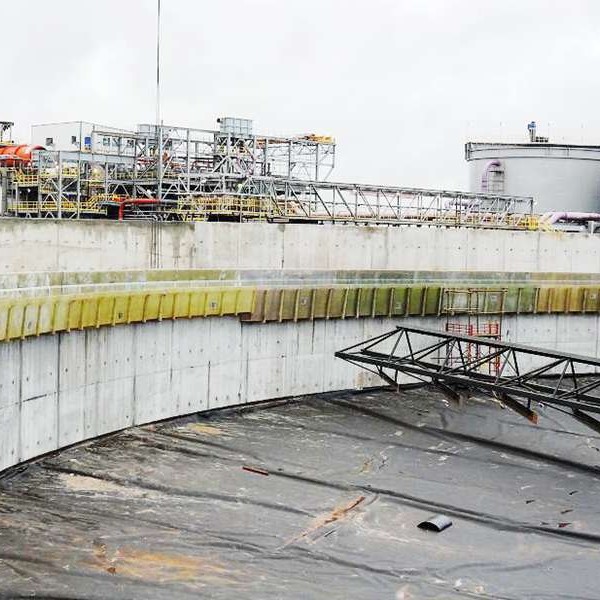
-
 Afrikaans
Afrikaans -
 Albanian
Albanian -
 Amharic
Amharic -
 Arabic
Arabic -
 Armenian
Armenian -
 Azerbaijani
Azerbaijani -
 Basque
Basque -
 Belarusian
Belarusian -
 Bengali
Bengali -
 Bosnian
Bosnian -
 Bulgarian
Bulgarian -
 Catalan
Catalan -
 Cebuano
Cebuano -
 China
China -
 China (Taiwan)
China (Taiwan) -
 Corsican
Corsican -
 Croatian
Croatian -
 Czech
Czech -
 Danish
Danish -
 Dutch
Dutch -
 English
English -
 Esperanto
Esperanto -
 Estonian
Estonian -
 Finnish
Finnish -
 French
French -
 Frisian
Frisian -
 Galician
Galician -
 Georgian
Georgian -
 German
German -
 Greek
Greek -
 Gujarati
Gujarati -
 Haitian Creole
Haitian Creole -
 hausa
hausa -
 hawaiian
hawaiian -
 Hebrew
Hebrew -
 Hindi
Hindi -
 Miao
Miao -
 Hungarian
Hungarian -
 Icelandic
Icelandic -
 igbo
igbo -
 Indonesian
Indonesian -
 irish
irish -
 Italian
Italian -
 Japanese
Japanese -
 Javanese
Javanese -
 Kannada
Kannada -
 kazakh
kazakh -
 Khmer
Khmer -
 Rwandese
Rwandese -
 Korean
Korean -
 Kurdish
Kurdish -
 Kyrgyz
Kyrgyz -
 Lao
Lao -
 Latin
Latin -
 Latvian
Latvian -
 Lithuanian
Lithuanian -
 Luxembourgish
Luxembourgish -
 Macedonian
Macedonian -
 Malgashi
Malgashi -
 Malay
Malay -
 Malayalam
Malayalam -
 Maltese
Maltese -
 Maori
Maori -
 Marathi
Marathi -
 Mongolian
Mongolian -
 Myanmar
Myanmar -
 Nepali
Nepali -
 Norwegian
Norwegian -
 Norwegian
Norwegian -
 Occitan
Occitan -
 Pashto
Pashto -
 Persian
Persian -
 Polish
Polish -
 Portuguese
Portuguese -
 Punjabi
Punjabi -
 Romanian
Romanian -
 Russian
Russian -
 Samoan
Samoan -
 Scottish Gaelic
Scottish Gaelic -
 Serbian
Serbian -
 Sesotho
Sesotho -
 Shona
Shona -
 Sindhi
Sindhi -
 Sinhala
Sinhala -
 Slovak
Slovak -
 Slovenian
Slovenian -
 Somali
Somali -
 Spanish
Spanish -
 Sundanese
Sundanese -
 Swahili
Swahili -
 Swedish
Swedish -
 Tagalog
Tagalog -
 Tajik
Tajik -
 Tamil
Tamil -
 Tatar
Tatar -
 Telugu
Telugu -
 Thai
Thai -
 Turkish
Turkish -
 Turkmen
Turkmen -
 Ukrainian
Ukrainian -
 Urdu
Urdu -
 Uighur
Uighur -
 Uzbek
Uzbek -
 Vietnamese
Vietnamese -
 Welsh
Welsh -
 Bantu
Bantu -
 Yiddish
Yiddish -
 Yoruba
Yoruba -
 Zulu
Zulu
frp field tank
Understanding FRP Field Tanks A Revolution in Storage Solutions
Fiber Reinforced Plastic (FRP) field tanks represent a significant advancement in liquid storage technologies. These tanks are particularly advantageous in various industries, including agriculture, water treatment, and chemicals, due to their unique properties, which combine strength, durability, and resistance to corrosive substances.
Understanding FRP Field Tanks A Revolution in Storage Solutions
Moreover, FRP materials possess exceptional resistance to corrosion and degradation. Unlike metal tanks that can rust due to exposure to moisture and certain chemicals, FRP tanks maintain their integrity over time, ensuring that the stored liquids remain uncontaminated. This characteristic is especially crucial when dealing with aggressive chemicals or potable water storage, where maintaining purity is paramount.
frp field tank

Another important aspect of FRP field tanks is their versatility in design. Manufacturers can customize these tanks to meet specific needs, including varying sizes, shapes, and even colors. This flexibility allows businesses to optimize their storage solutions based on available space and operational requirements. Additionally, the tank’s design can accommodate various accessories such as vents and connections, further enhancing its functionality.
Environmental considerations also play a significant role in the appeal of FRP field tanks. The longevity and resistance to environmental stressors reduce the need for frequent replacements, thereby lowering the ecological footprint associated with tank production and disposal. Furthermore, many FRP products are made from recycled materials, further enhancing their sustainability profile.
In summary, FRP field tanks offer a modern, efficient, and sustainable solution for a wide range of storage needs. Their lightweight nature, corrosion resistance, design versatility, and environmental benefits make them an attractive choice for industries looking to improve their storage practices. As technology continues to evolve, the adoption of FRP tanks is likely to increase, setting a new standard in the field of liquid storage.









